|
What on Earth is a Biome?
Lesson 1 Lesson 2 Lesson
3 Lesson 4
AIM: What are the abiotic (physical) characteristics of
the earth's major biomes?
MOTIVATION: Review the vocabulary words from the previous
lesson, especially what abiotic
means. Have children brainstorm about what
each of these factors are from looking at pictures
and accessing the website:
http://richmond.edu/~ed344/webunits/biomes
PROCEDURE:
1. Have students fill in the database, listing
the abiotic factors for each biome.
SAMPLE DATABASE:
| BIOME NAME |
ILLUSTRATION |
ABIOTIC FACTORS |
| TUNDRA |
 |
Frozen ground, long, cold, dark winters, short cool summers, little
rainfall. |
| TAIGA |
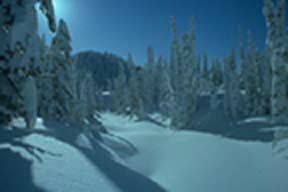 |
Long. cold winters, short, cool summers, moderate rainfall |
| TEMPERATE FOREST |
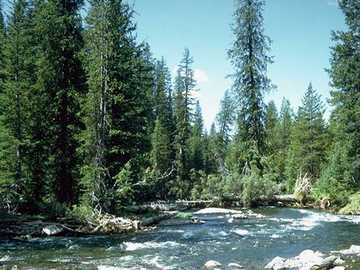 |
Cold winters, warm summers, moderate rainfall |
| GRASSLAND |
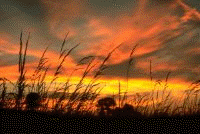 |
Very cold winters, very hot and dry summers, moderate to light rainfall. |
| RAIN FOREST |
 |
Hot, humid, rainy. Constant temperatures. |
| DESERT |
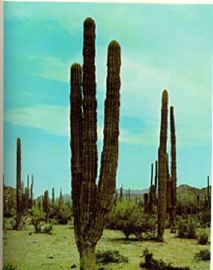 |
Hot, dry days, cold nights, little to no rainfall. |
| OCEAN |
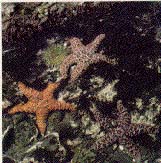 |
Varying temperatures depending on currents and latitude. |
ACTIVITIES:
1. Students fill in the database, using the
above web site, or Encarta OnLine Encyclopedia at
http://encarta.msn.com
2. Students may search for information using http://yahooligans.com or another search engine/directory geared toward younger readers.
FOLLOW-UP:
1. This lesson will lead into lesson 4:
"Where are the earth's biomes located?"
2. Students can use the data on average yearly
temperature for each biome and create a graph comparing the temperatures of the various biomes. |